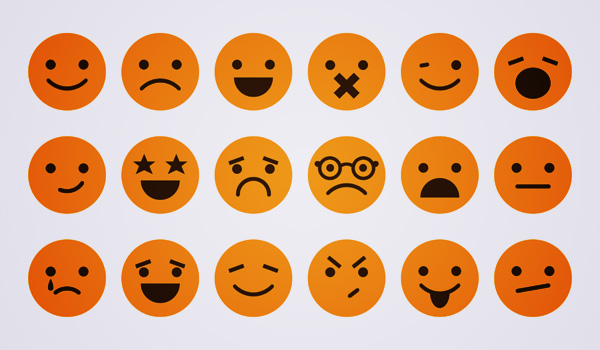In developing your public relations program, if you fail to include sentiment analysis, you have denied yourself a vital, dynamic metric to define and promote success.
Why? Because you need to KNOW, not assume, the attitude of an individual after interacting with a situation or message. Sentiment analysis is the “process of computationally identifying and categorizing written opinions to determine the writer’s attitude toward a particular product, topic or situation. Do they view it positively, neutrally or negatively? While this may seem simple on the surface, assumption in this facet of analysis creates skewed data triggering incorrect PR responses.
If you have been anywhere near conversation or a formal communication class, you know about the communication dynamic of sending and receiving messages. Sometimes the intent of those messages is clear in the words, expressions and tones. Other times, it can be less clear. The same can be said for text. When reading a text, applying sentiment analysis can break through the assumption to clarify exactly what the writer means and how they actually feel.
In addition to offering meta insights about the mood and intent of the communication, sentiment analysis can provide the information you need to improve your campaign success, improve product messaging, escalate customer service outcomes, generate leads, and drill down to the best possible market strategy in any given situation.
Ah, but there’s a catch. At this point, though it is improving, sentiment analysis algorithms are roughly 60 percent accurate. Some are basically a coin flip. So, it needs to be said loud and clear – Sentiment Analysis is a single tool in a wider PR arsenal. And it needs to be handled by pros, not by some add-on tool you found online.
Yes, there are services out there that will be happy to run your numbers, but how accurate will they be? Are they just depending on a single algorithm or are they using sentiment analysis along with a set of additional, proven public relations protocols to develop the best, most accurate data?
The best sentiment analysis tools will combine a series of factors to find the best results. These include but are not limited to human intention and keyword processing.
The former is basically what we all do when we read something and hope we understand it, but taken to a professional level. It’s an industry expert reading a piece rather than a neophyte hoping to “get the gist.” The latter reviews the importance and order of specific keywords in the text to identify an emotional or relational aspect to these keywords. Is the writer happy about them, less than happy, noncommittal? Where do they actually stand?
Bottom line, when it comes to what “they” are thinking. Don’t guess and don’t wonder. Use sentiment analysis as part of a larger public relations program to know better
Navigating the Evolving Landscape of PR in the Digital Age
The advent of the digital age has fundamentally reshaped the way public relations operates. This...
Integrating Digital Media Planning for Seamless Brand Campaigns
In today's fast-paced digital landscape, effective brand awareness campaigns require a strategic...
Responding to Fake News About Your Brand Online
The increase in social media and digital communication channels has made it easier for false...



